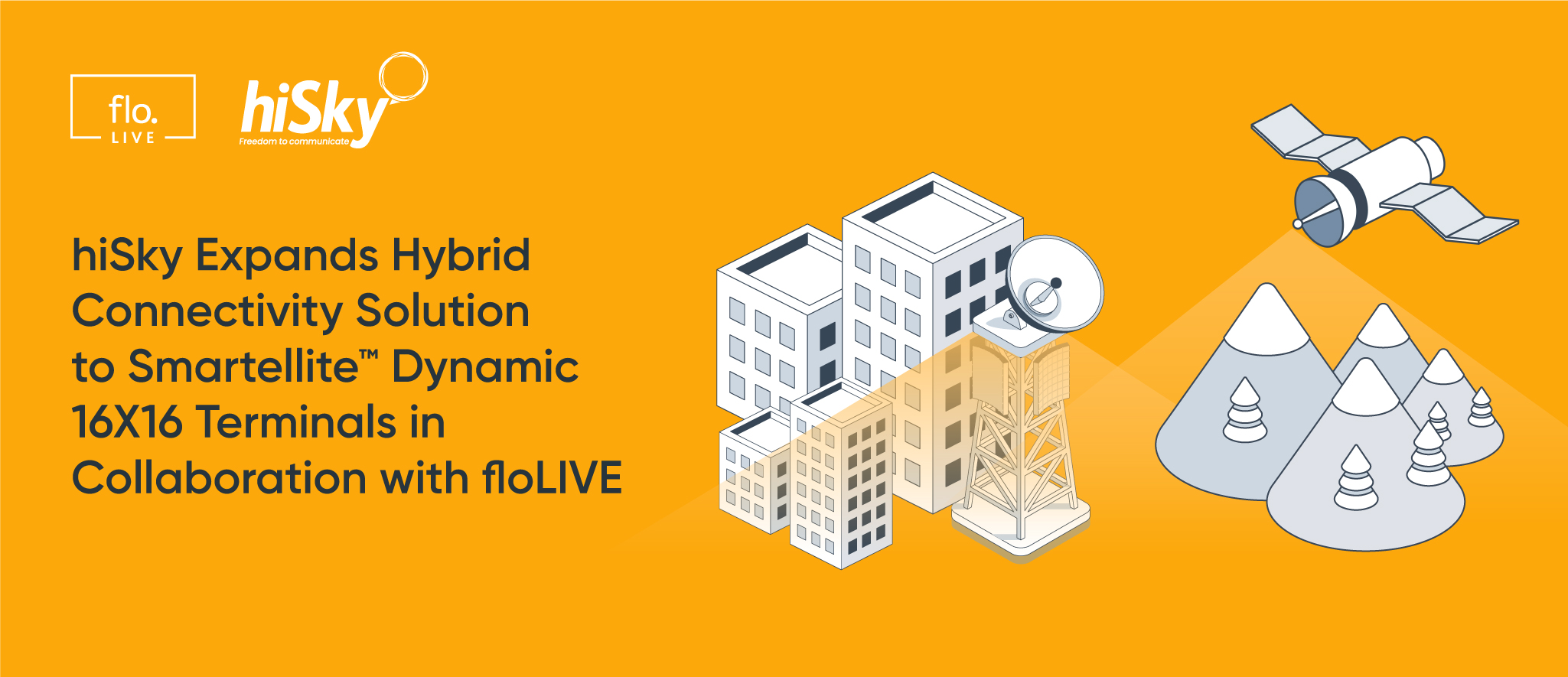Page Contents
CMP Integrations Slowing You Down? A Holistic IoT Connectivity Management Platform Is the Answer

Page Contents
Integrations have become a necessary evil in today’s telecommunications world. The simple fact is – IoT devices need an IoT connectivity management platform. This allows mobile network operators to manage and monitor their IoT deployments in the field, enabling initial device connectivity, visibility into IoT data, and a wide range of additional connectivity services / solutions such as ensuring tight security and privacy settings.
However, a connectivity management platform can’t exist alone.
A thin connectivity management platform – that is to say, one which is standalone, could offer the best cellular connectivity solutions available on the market. However, if it doesn’t align with the rest of your technology stack, you’re going to find yourself troubled by high costs and delay over the short and long-term.
What integrations will I be thinking about?
The integrations that you need to consider with a thin connectivity management platform (CMP) will vary depending on exactly what you’re looking to achieve with your IoT solution.
No matter what you need, from core network to Business Support Systems to SIM management, the classic model of connectivity management platforms is to integrate with other platforms that exist in the ecosystem of the MNO.
So, if the MNO wants to purchase the IT platform, the CMP will need to integrate with all the other building blocks of the company. Let’s call the CMP vendor 1. They will need to integrate with the Core network as vendor 2, the BSS provider as vendor 3, and perhaps also the SIM management offering as vendor 4. This is a lot of stakeholders to deal with, and a lot of complexity and communications to align.
To make things even more complicated, while billing and SIM management are probably global connectivity providers, it’s not unusual to have disparate relationships and contracts for core management to cover different needs. For example, an MNO might have bought a 3G core from one network operator, but when 4G and then 5G was introduced – found a more cost-effective solution for these generations of connectivity. As a result, many MNOs will have more than one core network operator in the mix.
Why do I need integrations?
These integrations take time, and cost money. And yet without them, you can’t run your business. Let’s think about a practical example. At floLIVE, we provide our web portal for customer’s view, allowing users to log in and see a list of all of their SIMs, discovering at a glance which are connected or disconnected, which billing plans the devices are on, and whether consumption is up to date. The customer can also make changes directly from the web portal, and see impact in real-time. All this is only possible because we offer a holistic connectivity management platform which includes native core network, billing, SIM management all under the same roof.
In order to get this information, our connectivity management platform needs to pull this IoT data from various systems, not only SIM management, but also BSS to understand the billing and rating system involved, for example to identify that the SIM in question is on an 100MB per month package, and whether it’s prepaid or postpaid. The platform also collects data from the core – checking that the SIM card is connected and active to the right operator in the correct region. If the customer wants to activate a device, or suspend the data package – this also needs to be done from the core. A lot of information is derived from these systems, and can’t happen with a thin connectivity management platform, unless all of the integrations are accurate and in place.
Integrations take time, and yet time is the last thing you want to give
Your connectivity management platform needs to juggle a lot of balls, and as the customer, you want all of this information in a single place, with as few stops on the way for heavy set up, high CapEx and lengthy integrations.
With floLIVE, as the technology is holistic, all of these building blocks come together into a single dashboard. You automatically have access to devices’ activity and state, their data consumptions and limits, which APNs are configured to which groups of SIMs, the status of SIM profiles, and even specific information, whether that’s roaming configurations or the type of rate plan or billing pool the devices belong to.
With all of this information coming in from a single source, you can set smart alerts, control exactly how you do business, and benefit from robust analysis and intelligence, without adding cost or resources at the critical early stage where the most important thing is lowering risk and getting speedier time to market.
Want to learn more about the benefits of a holistic CMP? Download the white paper.

Join Our Newsletter
Get the latest tips and insights in our monthly newsletter.








